Reviewed by Rebecca Anzel
A family of ducks living near a river by author Stacey Moshier’s home in Mastic was the inspiration for her new children’s book “Dylan the Singing Duck” (Squidgy Press). This 52-page book, with illustrations by Barry Sachs, is the heartwarming story of how a little duck, with the encouragement of new friends, discovers the importance of never giving up on a dream. Moshier recently took time out from writing new stories to answer a few questions about her first book and new-found passion for writing.
Tell me a little bit about your background.
I’m actually a New York State certified teacher. I subbed for many, many years in various districts but just didn’t land that full-time position.
Tell me about the book.
The story is about a little duck named Dylan who wants to sing. Despite everybody laughing at him or thinking that who heard of a singing duck, he still holds on to that and goes for it. With the help of some friends, he finally achieves that dream.
How would you describe Dylan?
I would say initially shy — determined though. And just a good little guy.
What inspired you to write this book?
One summer we had moved into a new house by a river, and there was a family of ducks there. On a whim I just started writing. My family was coming together. You have to believe in a dream, that it’s going to be okay and believe in each other and trust in that. That’s where that idea came from. And then, of course, not giving up on yourself and believing in your goals and dreams. I always want a lesson to be behind [a story] that you can carry with you throughout your life. Dylan’s lesson was “don’t give up on yourself, believe in your dreams.” I didn’t set out to be a writer but it’s the greatest thing I’ve ever done. I’m working on other stories. Of course, life gets ahead of you, and you have to find the time. I have a bunch of ideas in my head so that’s pretty much how I got into it. I did it not knowing that I was a writer, but I am.
How did it feel when you saw the final book?
The publishing was like a dream come true. I couldn’t believe I did it. It was a very proud accomplishment to be published.
What do you hope children will learn from reading your book?
That they can be whatever they want to be and never to give up on themselves, and that it’s okay to be different.
Tell me a little about the new stories you’re working on.
One is going to be called “Why So Mean Norma-Jean?” It’s about anti-bullying. There are two cats, Norma-Jean and Babies. They are my cats actually. The other one is called “I Love You Just As Much.” It’s about Francesca who has been the only child for five years and now they’re having a baby. She’s not thrilled. And then the third one is “Tumbling Timothy Jay.” It’s about a turtle who wants to be a gymnast. Through the help of his friends he tries to overcome his obstacle.
What advice would you give to someone who is writing their first book?
Don’t give up — go for it. Even though it’s hard to get published, don’t give up that dream. If you have an idea and you’re inspired to write, do it. I carry a notebook around with me all the time. I write little things that come to my head, even if it’s just an idea. At least it came to my head, and I wrote it down and maybe I don’t do anything with it for a little bit, but I have it.
Why do you think reading to a child is important?
I know kids are all into the Kindle and all the electronics. But the physical act of holding a book is just the best thing of all. Just for you to actually read to that child I think inspires a love of reading and an interest in it. You know, if they see a parent or teacher or someone holding a book to read it to them, and they sit and enjoy it, I think that promotes a love of reading.
Readers can contact Moshier by phone (631-618-5889) or email ([email protected]) for an autographed copy of “Dylan the Singing Duck,” which the author will send with free shipping anywhere on Long Island.



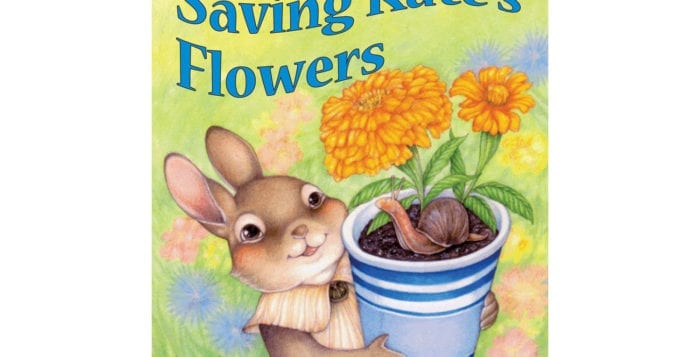
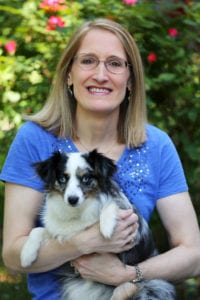
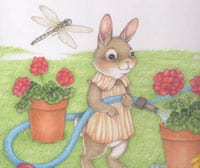 “Saving Kate’s Flowers” is available at www.Amazon.com, the publisher’s website at www.arbordalepublishing.com and www.barnesandnoble.com. For more information about the author, visit www.cindysommer.com.
“Saving Kate’s Flowers” is available at www.Amazon.com, the publisher’s website at www.arbordalepublishing.com and www.barnesandnoble.com. For more information about the author, visit www.cindysommer.com.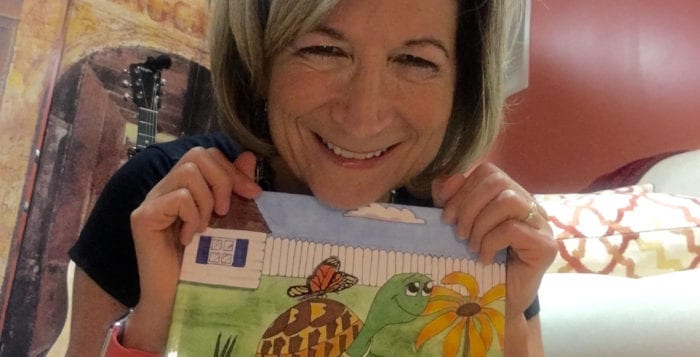
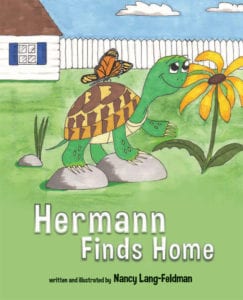
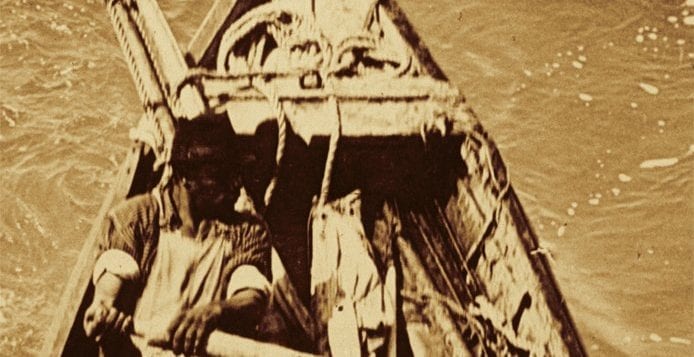
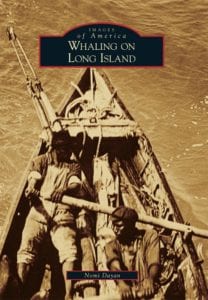
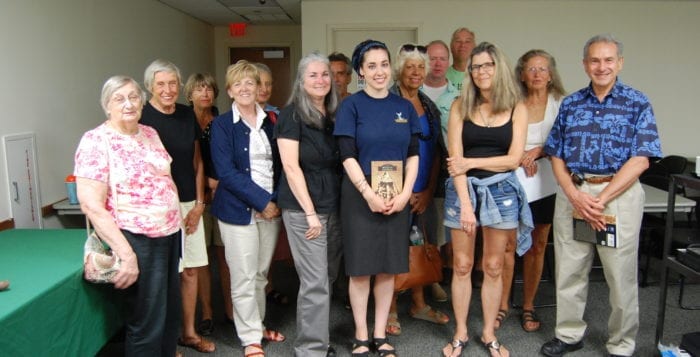
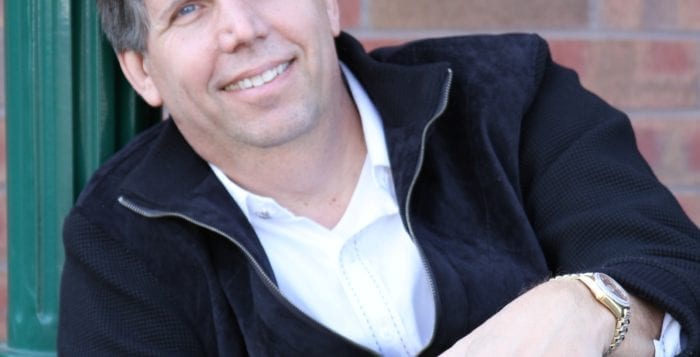
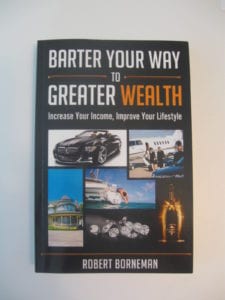 How did you get involved in bartering?
How did you get involved in bartering? 


